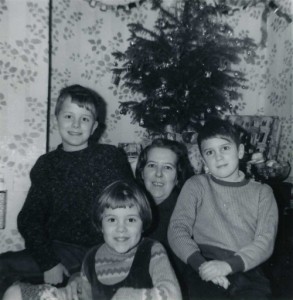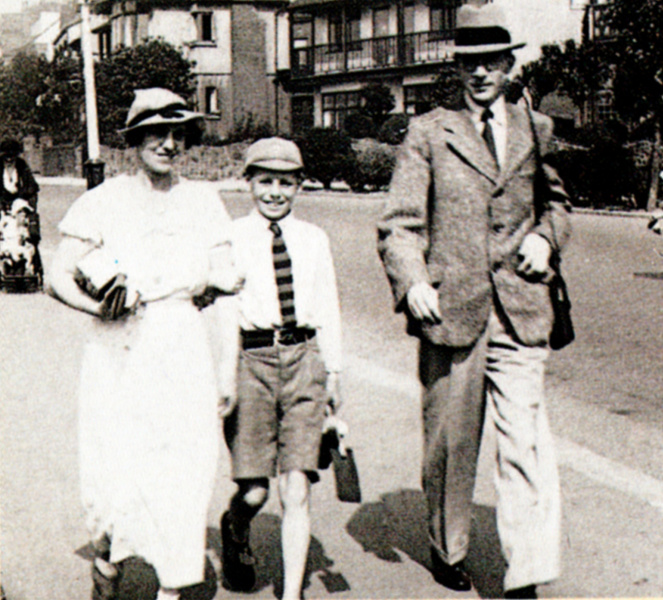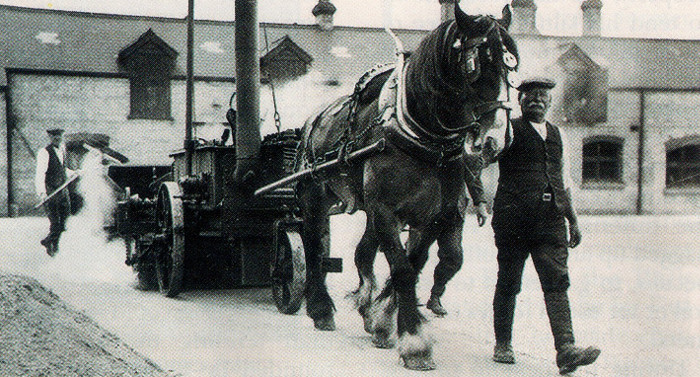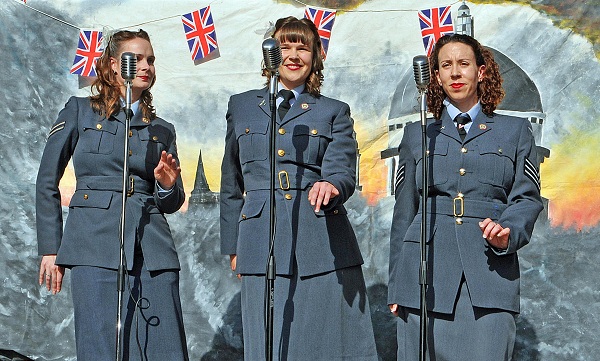
Growing up in the 1960s, Christmas Day was like all my birthdays rolled into one, sort of. On Christmas morning, my brother and I woke up to find two, maybe three, presents at the bottom of our bed. One present (for me) always included a hardback annual, usually TV Comic or sometimes Doctor Who. I guess leaving an annual was a crafty strategy by my parents to keep me quiet in the morning, so they could have a Christmas Day lie in.
By around 10am, we were all up, washed, dressed and bubbling with excitement, as more presents gathered around our frugal tree on the sideboard, awaited passing out one at a time. Ah, the thrill of tearing off the paper. There’s nothing like it.
Christmas presents back then could include (if we were very lucky) a clockwork train set, maybe a plastic space rocket (a three stage effort), Dinky or Corgi toy cars (for my brother) and in 1967 an Etch-a-Sketch for my sister. In the 1960s, an Etch-a-Sketch was the nearest thing to a laptop loaded with DTP software. Two little knobs on the front of the screen frame enabled thin grey lines to be drawn vertically and horizontally. To clear the screen, the toy had to be turned upside down and shaken. Simple days. Oh yes, and Spirotot was another for my sister, an infant version of Spirograph.
I badly wanted a Hornby-Dublo 00 gauge train set but they were incredibly expensive. A Hornby covered van, alone, cost 7s 6d.
A passenger train carriage was 16s 9d and a BR Goods Train Set £3 8s 6d. That was a small fortune in those days. Other toys and gifts included puzzles, jigsaws, maybe a kaleidoscope, and wooden pencil boxes with hardly any room for pencils inside, and (in 1966) plastic Daleksfrom Woolworths.
By Christmas Eve, the decorations were up. Twisted strips of coloured crepe paper from light fitting to each of the corners were held up with bits of Sellotape. Hence, they frequently fell down again. Paper chains made with strips of coloured gummed paper were draped along picture rails interspersed with concertinaed tissue paper shapes, usually balls, candles or angels. Little shiny coloured balls for the tree came from Woolworths, along with strands of silver tinsel. The Christmas tree lights were linked by a cord to an adaptor that fitted into a light bulb socket in the dining room lights. Christmas was an indoor thing, no massive inflatable Santas, reindeer, flashing lights or snowmen to be seen outside.
One year, Dad photographed the festive proceedings with his Brownie. To photograph indoors, flashcubes were needed. Flashcubes had two fittings on the base to fit different cameras. Each cube enabled four shots to be taken before replacing with a fresh cube. They were quite expensive, though I don’t recall the price. Flashcubes weren’t used everyday – special occasions only.
Christmas Day dinner, turkey and all the trimmings were unknown in our household. We made do with a boiled leg of lamb, spuds, carrots and the inevitable Brussels sprouts, washed down with lemonade orTizer. We didn’t have Christmas pudding either. Mum dished up a Heinz tinned sponge – the one with currants in. And mince pies were home-made efforts, as Mum considered the ones in the shops too expensive. Other festive offerings included a large net bag of mixed nuts, little foil wrapped chocolates to hang on the tree and tangerines.They only appeared in the shops over the Christmas period, wrapped in purple tissue paper or silver foil.
It was considered too late to have Christmas dinner after 1 pm. Besides, we had to leave room for the special Christmas teatime; including treats like tinned salmon, pork pie, sausage rolls, cucumber and tomatoes. Dessert amounted to tinned peaches or fruit cocktail with strawberry or raspberry jelly. And the cake, plastered in marzipan and thick icing, harder than concrete, with plastic snowman on top, completed the banquet.
Christmas was one of the few times when TV was broadcast for the whole day; kicking off around 9am with something like a German film. Other goodies included Leslie Crowther meeting sick children in hospital, Hob Y Deri Dando (in Welsh), Billy Smart’s Circus, a pantomime, Disney Time and after tea, Christmas Night with the Stars followed by a Brian Rix farce or Benny Hill. Boxing Day, in our house, was almost a carbon copy of Christmas Day minus presents.TV viewing was still special for that day for most of the time. Funnily enough, comedies from the 1920s and 30s always hit the small screen at Christmas, especially Laurel and Hardy, Charlie Chaplin, Harold Lloyd and Buster Keaton. Champions on Ice seemed to be a Boxing Day special, too. Overall, Christmas was pretty low-key, simple, and, being a kid, perhaps that’s what made it all so special.








